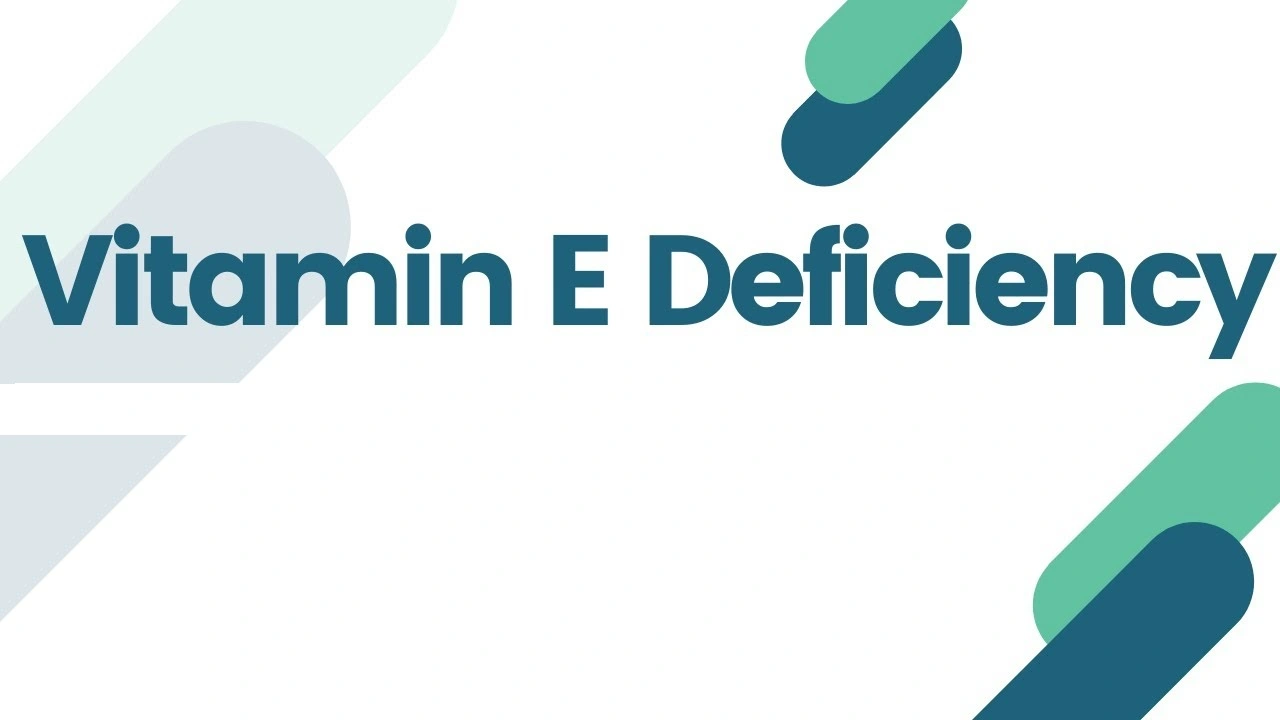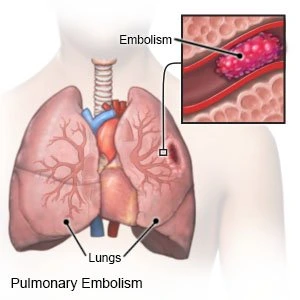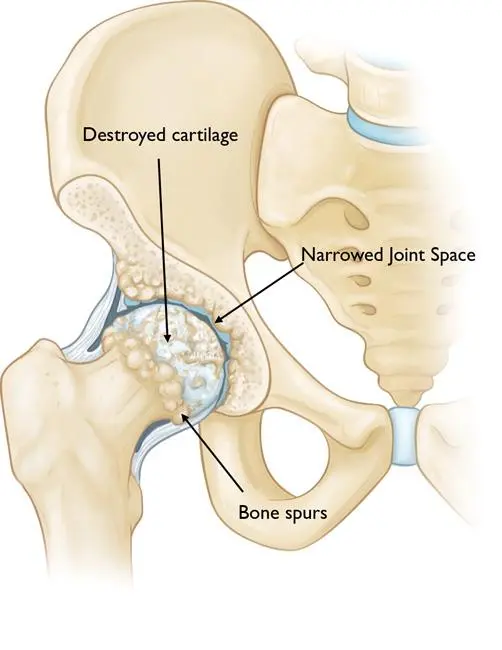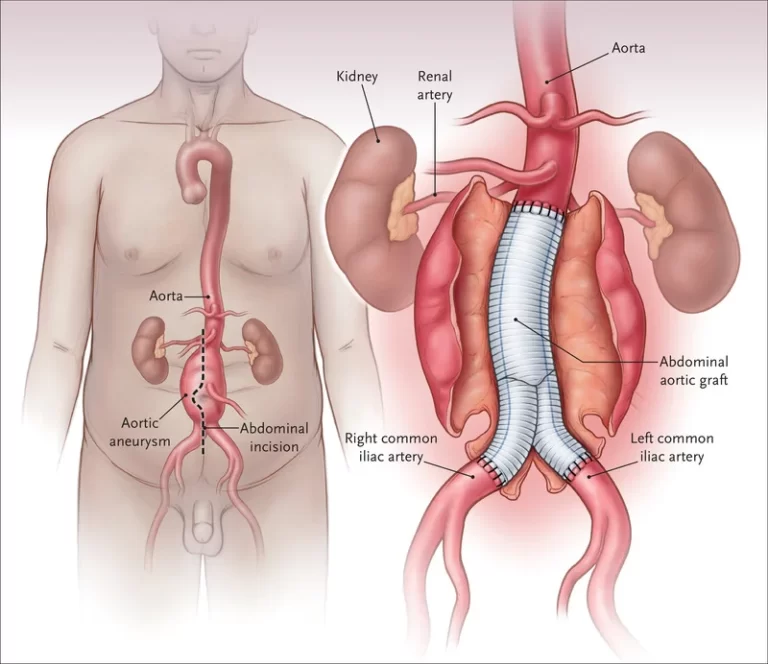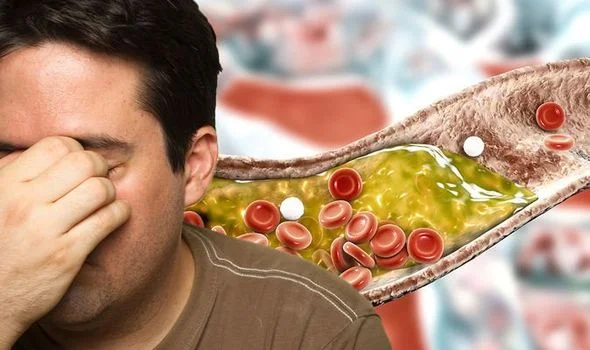Vitamin E Deficiency
What is Vitamin E Deficiency?
Human vitamin E Deficiency is extremely uncommon since low vitamin E diets are unlikely to produce it. Instead, it is driven by abnormalities in the metabolism or absorption of dietary fat. Vitamin E is dissolved in fat.
Vitamin E could have a significant part in reducing the incidence of ischemic heart disease and atherosclerosis.
Because vitamin E can only pass via the placenta in little portions, premature newborns receive less vitamin E assistance.
The eight subsequent compounds—alpha, beta, gamma, and delta-tocopherol and alpha, beta, gamma, and delta-tocotrienol—combine to form vitamin E. The only one of the eight combinations known to satisfy human nutritional demands is alpha-tocopherol.
The small intestine absorbs all of the vitamin E conditions, and the liver only metabolizes alpha-tocopherol after that.
The leftover vitamin E conditions are then released and eliminated by the liver. vitamin E shortage may result in weak muscles, trouble walking, and reduced reflexes and coordination.
Babies born before their time may get a severe kind of anemia due to this deficit. The symptoms and findings of a physical examination are used to make the diagnosis. Taking supplements of vitamin E makes up for the shortage.
- A deficit in vitamin E may result in weak muscles, trouble walking, and problems with reflexes and coordination.
- Infants born before their time and who lack the requisite amount may get severe anemia.
- The symptoms and findings of a physical examination are used to make the diagnosis.
- Taking supplements of vitamin E makes up for the shortage.
Tocopherol, or vitamin E, is an antioxidant. Free radicals, which are byproducts of regular cell activity and take part in chemical processes within cells, are prevented from damaging cells by it. A few of these responses may be dangerous.
Vitamin E is a fat-soluble vitamin that dissolves in fat and is best absorbed when ingested with some fat, just as vitamins A, D, and K. Nuts, seeds, vegetable oils, green leafy vegetables, and wheat germ are good sources of vitamin E.
Due to the fact that very little vitamin E crosses the placenta, newborns have a comparatively low vitamin E reserve.
Thus, vitamin E insufficiency is more common in neonates, especially those born prematurely. But as you get older, the danger goes down since commercial formulas or breast milk often provide babies with adequate amounts of vitamin E.
Large quantities of vitamin E may be stored by adults in fat tissue, reducing the likelihood of a deficit.
Pathophysiology
Vitamin E has antiplatelet, immunomodulatory, and antioxidant properties.
Antioxidant Effect
Propagated oxidation of saturated fatty acids inside membranes is contained in vitamin E. Moreover, vitamin E may oxidatively modify LDL, reducing the risk of coronary heart disease.
Immunomodulation Vitamin E Deficiency
Prostaglandin E2 and serum lipid peroxides are produced less often when vitamin E is present, and lymphocyte proliferation is enhanced.
Antiplatelet Effect Vitamin E Deficiency
By limiting oxidative modifications to LDL and reducing prostaglandin E2, vitamin E prevents platelet aggregation and interferes with platelet adhesion. Inhibiting protein kinase C, which causes smooth muscle growth, is another impact.
The US Food and Drug Administration [FDA] has not authorized vitamin E for this use, despite analysis showing that it aids in the prevention of heart problems and atherosclerosis.
Causes of Vitamin E Deficiency
Genetics
Deficiency in vitamin E typically runs in families. Comprehending one’s family history might facilitate the diagnosis of some rare, hereditary illnesses.
Medical Conditions
Conditions that significantly reduce the absorption of fat can also lead to a deficit in vitamin E. This is so that the body can properly absorb vitamin E, which requires fat.
Some of These Conditions Include:
- chronic pancreatitis
- celiac disorder
- cholestatic liver disorder
- cystic fibrosis
Newborns and babies delivered prematurely with lower birth weights and reduced body fat also frequently suffer from deficiencies.
Babies born before their time are especially vulnerable because a developing digestive system can impede the absorption of fat and vitamin E.
These babies’ vitamin E deficiency may also result in hemolytic anemia, which results in the death of red blood cells.
Signs and Symptoms of Deficiency
Vision problems and confusion may result from a vitamin E shortage.
Low levels of vitamin E can cause:
Weakness in muscles: Vitamin E plays a crucial role in the central nervous system. It is one among the primary antioxidants in the body; a deficiency causes oxidative stress, which can weaken the muscles.
Difficulties With Walking and Coordination: A deficiency may cause the Purkinje neurons, a kind of neurons, to malfunction and lose their capacity to transfer messages.
Numbness and Tingling: Also known as peripheral neuropathy, these sensations are caused by damage to nerve fibers that interferes with the nerves’ ability to transmit messages appropriately.
Deterioration of Vision: Insufficient vitamin E causes the retina’s light receptors and several other eye cells to weaken. This may eventually result in blindness.
Immune System Issues: Research suggests that vitamin E deficiency may cause immune cell dysfunction. Elderly folks may be particularly vulnerable.
Muscle deficiency & problems are examples of neurological symptoms indicating injury to the central and peripheral nervous systems.
The network of nerves found outside of the brain and spinal cord is known as the peripheral system, and these neurons transmit information throughout the body. Between the brain and the spinal cord is where the central nervous system is seen.
The majority of the sheaths around neurons are made of fat. It contains fewer antioxidants to protect these lipids, and too little vitamin E causes the neurological system to malfunction.
Hair loss: Consuming a diet high in vitamin E will repair the damage caused by hair loss. Unusual hair loss is a blatant indication that you might not be aware of the benefits of eating a diet high in vitamin E. Dead hair cells and hair follicles can be revitalized and restored by vitamin E.
Dry, flaky skin: Especially during the winter, dry skin is typically a consequence of extreme weather. If your skin still becomes easily dry, don’t be alarmed. This is a clear sign of a vitamin E deficiency.
Eye problems: include power fluctuations, weakening of the eye muscles, etc. Early detection can be quite accurate, and steps to prevent eye injury can be implemented.
Hormonal imbalance: It may be extremely difficult to determine what may be causing any type of hormonal imbalance, but it can cause havoc in the body. In certain situations, vitamin E deficiency may occur.
To address inequity in its entirety, a diet high in vitamin E is required, regardless of the specific condition—such as premenopause, PCOS, or PCOD.
Why is Vitamin E Necessary For You?
Vitamin E helps prevent aging: It is well-recognized that the sun’s harmful UV rays may cause significant damage to the skin since they release pressures that result in wrinkles. As an antioxidant, vitamin E stimulates the skin to produce oils that slow down the aging process.
The majority of skin care products for daily usage include vitamin E. We often use moisturizing creams to combat dry skin, but we often overlook the significant role that vitamin E plays in these products.
Vitamin E has the ability to raise and rejuvenate dead skin cells, making them appear younger on the outside.
Vitamin E is an antioxidant. In the human body, free radicals damage healthy cells. An abundant diet rich in antioxidants provides the strongest defense against free radicals. Rich in antioxidants, vitamin E aids in reducing the harm caused by free radicals. Vitamin E is also recognized to be beneficial for hair maintenance. A vitamin E-rich hair oil helps keep moisture and dryness at bay.
Hormone Balancing: Vitamin E also helps the body’s hormones remain in balance. Ill health always follows a hormonal imbalance. Benefits lessen inflammation: It is widely known that vitamin E is a sufficient anti-inflammatory supplement. All types of green leafy vegetables, papaya fruits, dried fruits and nuts, and seeds are good sources of vitamin E.
The greatest sources of Vitamin E include:
- Flaxseeds
- spinach
- peanuts
- avocado
- almonds
- broccoli
- asparagus
- shrimp
Make sure your diet includes at least one of these each day. This guide can help you determine which vitamin you could be deficient in. There are several justifications for including vitamin E in a typical diet. It is an antioxidant that prevents simple cell damage and slows down the aging process.
Diagnosis of Vitamin E Deficiency
Clinicians must consider the following in addition to other potential vitamin deficiencies when making a differential diagnosis:
- Friedreich ataxia
- Ataxia with vitamin E deficiency (AVED)
- Stroke
- Cerebral palsy
- Paraneoplastic syndrome
- Biliary disease
- Short-Bowl syndrome
- Mutations in the tocopherol transfer protein cause impaired fat metabolism
- Cystic fibrosis
- Chronic cholestatic hepatobiliary disease
- Crohn disease
- Exocrine pancreatic insufficiency
- Liver disease
- Abetalipoproteinemia
- Isolated vitamin E deficiency
Prognosis
Untreated symptoms might get worse. After analysis, nevertheless, things work out well because most indicators will go away shortly. However, the therapy will become more constrained as the impairment is more defined. Individuals who may be at risk for vitamin E insufficiency have to undergo routine testing and evaluation.
Treatment of Vitamin E Deficiency
The Best Food Sources of Vitamin E
Below are some of the best vitamin E-rich foods to contain in your diet. This can help control deficiency.
- wheat germ oil
- sunflower seeds
- almonds
- Multiple vegetable oils include safflower, maize, sunflower, and soybean oils
- hazelnuts
- peanut butter
- peanuts
- spinach
- broccoli
- kiwi
- mango
- tomato
- fortified breakfast cereals
Supplementing Vitamin E
Make sure you get vitamin E supplements from a reliable brand if your doctor advises taking them. Supplements containing vitamin E are not always safe and adequate, even if the FDA monitors them; this is because supplements are not as strictly controlled as medications.
Consuming foods high in vitamin E may be safer and more beneficial than taking supplements. To maintain healthy levels, some individuals, such as those with medical problems that impair vitamin E absorption, might need to take a vitamin E supplement.
And if your doctor recommends a high-dose vitamin E supplement, you could need one if you are vitamin E deficient.
The Role of Fat in Absorption
Like its friends vitamins A, D, and K, vitamin E is a fat-soluble vitamin. This implies that, like fats, they dissolve in organic solvents and are therefore easier for the body to absorb and move throughout.
Vitamin E deficiency is more common in people with disorders that interfere with the absorption of fat than in those without such conditions. Tocopherols are eight naturally occurring fat-soluble compounds included in vitamin E.
Complications
Supplementing with vitamin E can interfere with and cause reactions with other medications that may be used.
These include:
- Anticoagulants
- Antiplatelet medicines
- niacin
- Chemotherapy medicines
- Radiotherapy medicines
- Cholesterol-lowering medicines
Tell your doctor about the prescription medications you currently use if they recommend vitamin E supplements. The following lists the following interactions between vitamin E and medications.
Anticoagulation and antiplatelet drugs, There is a potential increase in bleeding risk when taking these two together because vitamin E inhibits platelet aggregation and disrupts vitamin K clotting factors.
Vitamin E has the ability to reduce high-density lipoprotein [HDL], which is the reverse of what is anticipated when taking simvastatin and niacin together.
FAQ
What are the symptoms of low vitamin E?
A lack of vitamin E can damage nerves and muscles, which can lead to issues with eyesight, loss of control over movement, weakness in the arms and legs, and loss of sensation in the body. A compromised immune system is another indicator of malnutrition.
What causes vitamin E deficiency disease?
The main reasons for nutritional deficiencies include eating too little, not being able to absorb nutrients, and consuming diets deficient in some important elements.
How can I get vitamin E daily?
Almonds, peanuts, canola oil, olive oil, margarine, and peanuts are foods high in vitamin E. Additionally, dairy, leafy greens, meats, and fortified cereals are good sources of vitamin E. Additionally, vitamin E is offered as a drop or pill supplement for oral use.
If vitamin E insufficiency is not treated, what will happen?
A lack of vitamin E can cause retinopathy (Pearce et al., 1994), anemia (Muller and Goss-Sampson, 1989, 1990), and impaired immunological response. A vitamin E shortage can cause irreversible nerve damage, heart disease, blindness, and cognitive impairment if left untreated.
Does vitamin E deficiency affect the skin?
Although there isn’t much data from human research, vitamin E insufficiency may have an impact on skin function. Skin ulcerations (22) and alterations in skin collagen cross-linking (23, 24) have been linked to vitamin E deprivation in rats; however, the fundamental mechanism of these effects remains unclear.
How can I test for vitamin E deficiency at home?
Slow reflexes, trouble walking, lack of coordination, loss of position awareness (the ability to recognize where limbs are without looking at them), and muscular weakness are some of the symptoms that can occur in youngsters.
Can vitamin E deficiency cause hair loss?
Increased daily hair loss and gradual scalp hair thinning are two signs of inadequate vitamin E. Deficit may also be indicated by dry, damaged strands that are prone to breaking and splitting ends. Physicians identify vitamin E deficiency by measuring blood levels of vitamin E and alpha-tocopherol.

